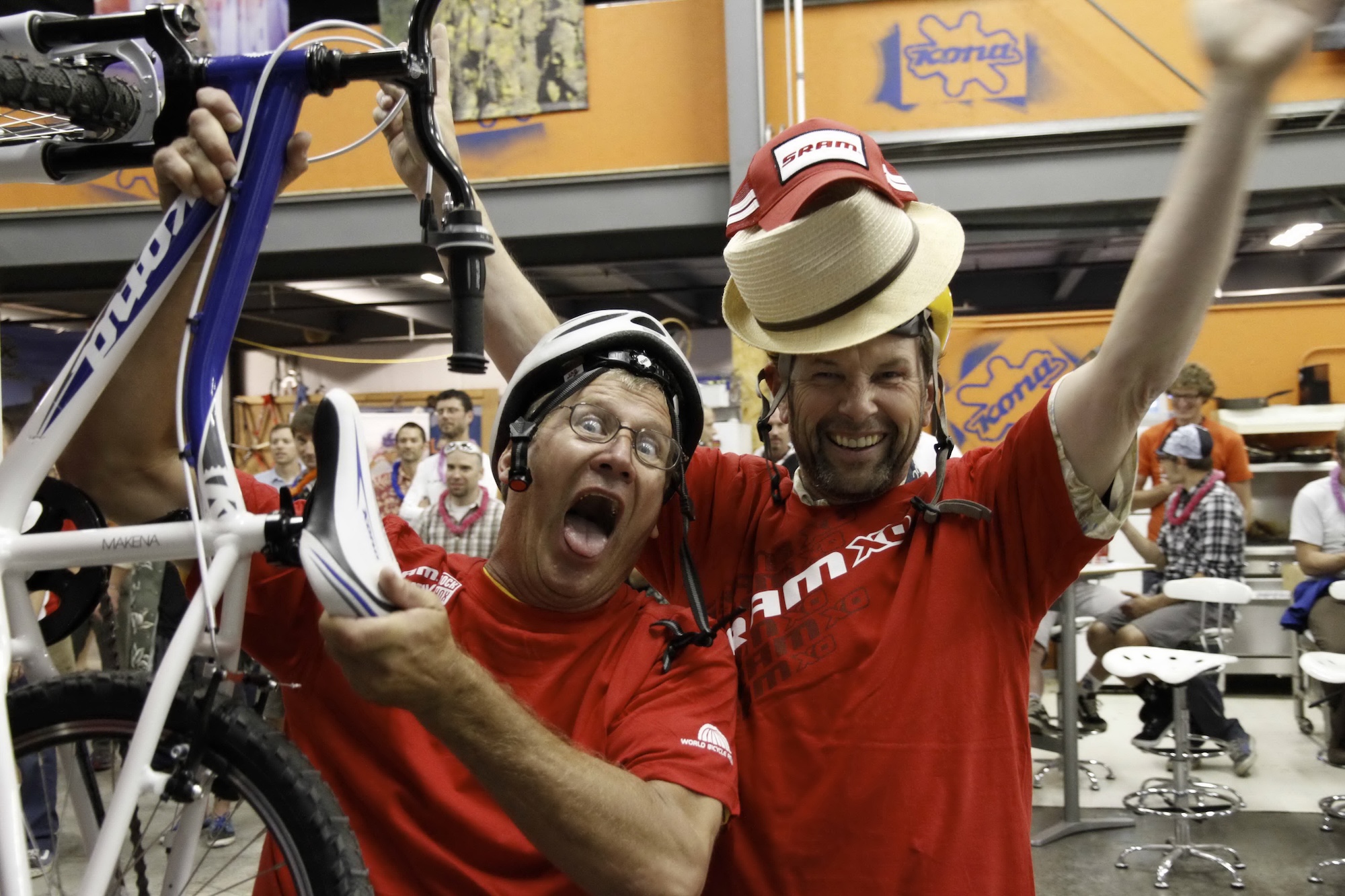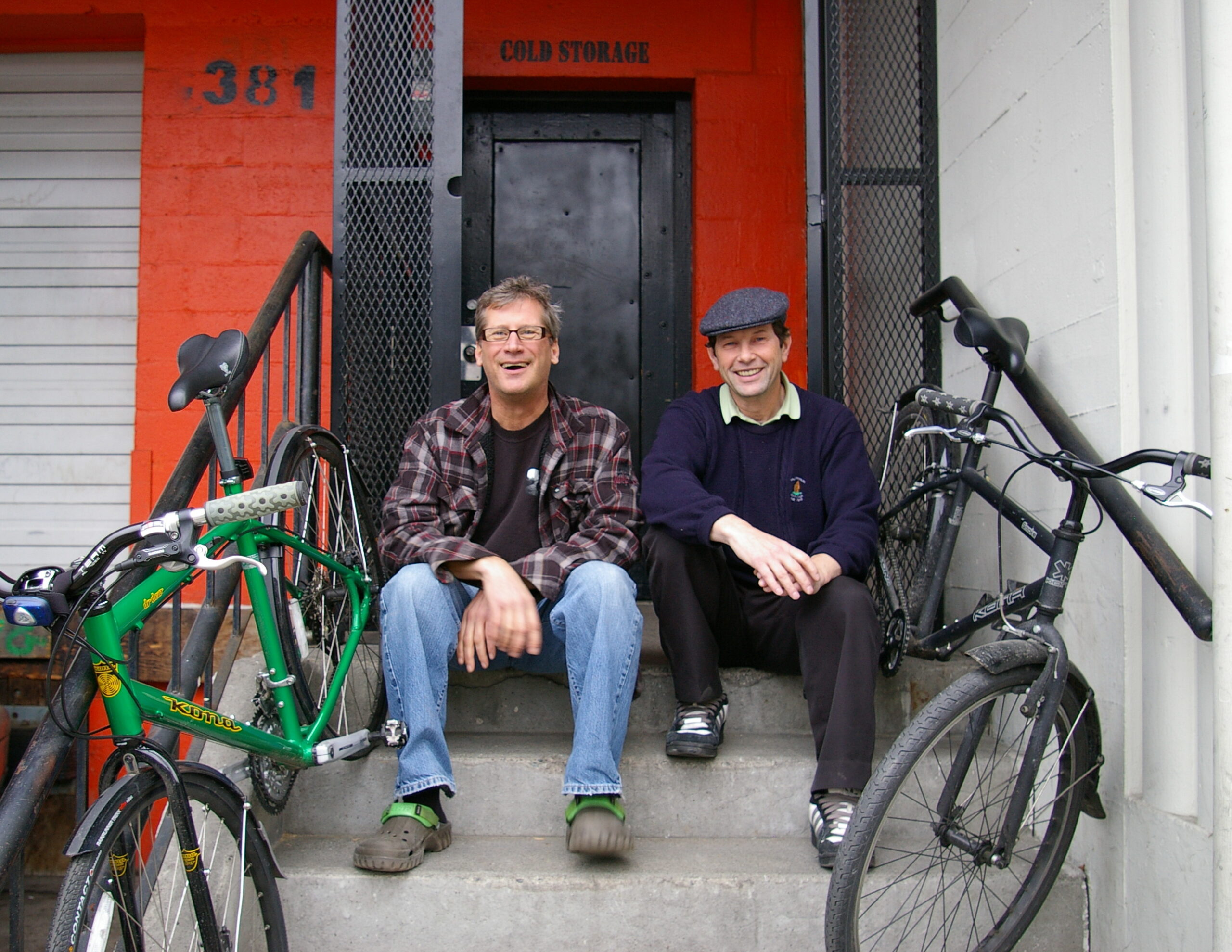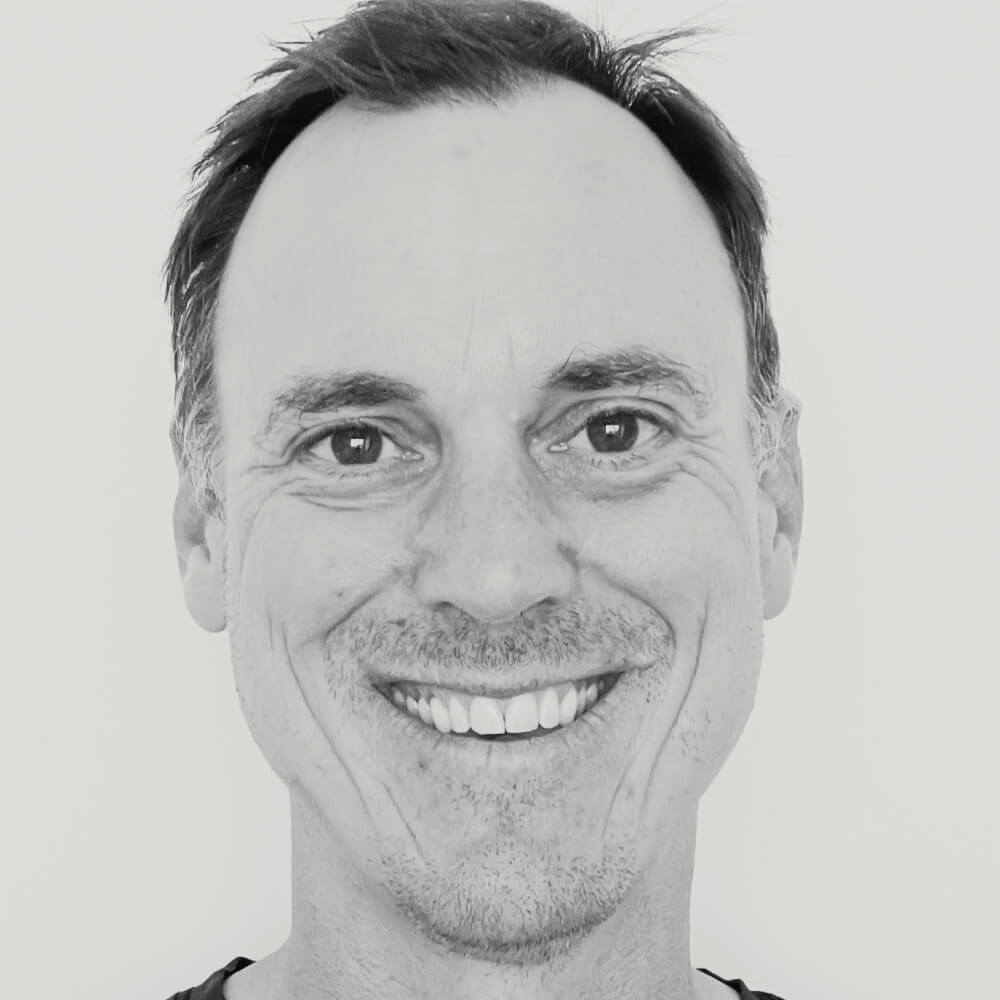PODCAST LISTENER SURVEY: We’re conducting our first listener survey for everyone who listens to the Overnight Success podcast. We want to know what you like about this show, what you think needs improvement, and what other podcasts you’d like to hear from Escape Collective. Your input helps shape the direction of this podcast itself, as well as others we create in the future. All of your information is kept private and is used for the sole purpose of making us better. Head over to escapecollective.com/survey to leave your feedback that will help us improve.
Kona Bikes has been part of the fabric of mountain bike history and culture since the beginning of the sport. Cyclocross and gravel have also been mainstays of the brand and I have my own fond memories of riding my ‘Jake the Snake’ around Europe back in the day, and racing that same bike come cyclocross season.
Kona’s rich history and impact on the mountain bike scene was overshadowed last April by events taking place at the Sea Otter Classic in Monterey, California. On the eve of the event, reports came out that the CEO of Kent Outdoors – owners of Kona – called the Kona employees and told them to break down the display and remove their presence at the expo. It was mass confusion adding credence to the rumours that Kona was in deep financial trouble because of the after-effects of the pandemic and mismanagement thereafter.
Soon after, it was announced that Kent Outdoors was hunting for a buyer for Kona the same day that Kent secured a $100 million credit facility. “This move (selling Kona) allows the company to direct its resources toward investment in its key water sports businesses,” said the press release from Kent Outdoors. “The bike industry has faced very significant challenges in the post-COVID world and Kona has not been immune to these headwinds.”
Kona founders Jake Heilbron and Dan Gerhard, who had been sidelined from the business according to Jake, moved quickly to step in and announced only a few weeks later that they were buying the company back.
You can read Jake and Dan’s full press release on their website here.
To understand what happened that led to Jake and Dan were buying the company back, you need to understand where Kona came from. Last week I caught up with Jake Heilbron to hear the Kona founding story all the way through to the pandemic, the sale of the business to Kent Outdoors, and their quick turnaround to save the business.
You can read the full (computer-generated) transcript here.
If you’re already familiar with Kona’s founding story and simply want to know about what happened in the aftermath of Sea Otter, here’s a transcript of that part of the podcast, lightly edited for fluency and brevity (starting at 1:21:47 for those who want to follow along.
According to insiders at Kona, the Sea Otter fiasco was caused by number of cascading issues. The primary purpose for Kona’s Sea Otter activities was to launch their new Ouroboros gravel bike. The Ouroboros stock was sitting in a factory in Asia waiting to be paid for, which wasn’t happening because Kent Outdoors had already made the decision to sell Kona. Without physical product to accompany the launch, the new management at Kent made a swift decision to pull Kona’s Sea Otter expo presence. It may have made sense on paper, but of course all of the costs had already been sunk (these plans were put into motion nearly a year ago), people were already on the ground, there were delays in communication, and the whole thing became a PR nightmare for Kona.
Jake Heilbron: I don’t think anybody can really explain what happened [at Sea Otter]. It certainly was very public. I don’t think anything quite that publicly embarrassing has happened to a bike brand since Schwinn announced their bankruptcy in the middle of the CABDA show in 1992. So chalk one up for Kona as doing something special. But as a joke, I was saying to people, “Kent is going to sell Kona [and] probably going to get a good owner who really cares about bikes. But the problem is like who would be crazy enough to want to buy a battered-up old bike company right now? Like it’s the worst possible time.” That’s a bit of a joke.
Wade Wallace: Yes, I see the irony.
Jake Heilbron: We were already talking to the folks at Kent about possibly buying it back, because we were probably the only ones who would be crazy enough to do something like that.
Wade Wallace: Was that thought crossing your mind before the town hall with a new CEO? Or was it when you found out that they were looking at selling Kona?
Jake Heilbron: Yeah, I mean, I started thinking they probably would want to sell it when Lee [Belitsky, Kent’s new CEO] took over. But then when he finally did announce to the staff and the industry that they they wanted to find a new owner or wind it up, that’s when things started happening really fast. And they happened super fast. Two weeks as a matter of fact, from the letter of intent to closing.
Wade Wallace: How did you go about that? What were your first phone calls? How did you go about buying this back? Selling a business is difficult. Buying a business is also difficult and you said you had done neither.
Jake Heilbron: Well again, it’s that boring stuff, you know, lawyers, accountants, bankers …
Wade Wallace: Finding millions of dollars, I’m guessing …
Jake Heilbron: The biggest part was making sure that we were going to be able to take care of the suppliers and getting their support. That was the big one. That was really important. But we had people who had helped us with the sale and we got them to help us again. It’s not like we were planning to buy it back when we sold it.
Like I said, I was just wanting to see it through and get it to the other side of the bust. Dan and Jimbo were happy to move on and let a new generation take it on, you know. The thought there was gonna was going to be a bigger and stronger and better bike company.
Wade Wallace: What are some misgivings that have happened over the past couple years that you feel you need to correct? To your customers, suppliers, dealers, your stakeholders …
Jake Heilbron: Well, right now, there is a lack of supply. There really hasn’t been refreshed inventory in staple products for some time. But also that is customer service product: warranty parts and frames. And so that has let some people down. That’s something that needs to be rectified pretty quickly. And that’s what we’re working on.
The one thing that we’re a little concerned about, and we haven’t kind of come to terms with, is all the bikes in the direct-to-consumer programme that were sent to consumers in boxes. And they were not reassembled. So we are concerned about people’s safety. And so we’re putting a programme together to make sure that everybody has a safe bike, regardless of where they bought it from.
But yeah, it’s the customer service aspect on the warranty side, but also the sales side. And then there’s all the product here that was never launched. So we’re finally going to be able to get around to launching it; we want to hurry up and get those bikes out there. And again, that’s the supplier side. The factories that have all these parts – I feel bad that they’re kind of holding the bag, really. So we want to take care of them. We want to take care of our customers and take care of anybody that owns a Kona and needs help with it.
Wade Wallace: It’s a huge challenge in front of you. How does that feel? Have you ever been busier?
Jake Heilbron: Well, I was kind of slacking off. I didn’t really have a lot to do. I was taking care of international distributors. I was still on the trademark and industry reports. But you know, that became less and less needed over the last period. I like the people I work with. We’re going to just dig into it and get it done. That’s that Canadian thing right? Get ‘er done.

Did we do a good job with this story?

